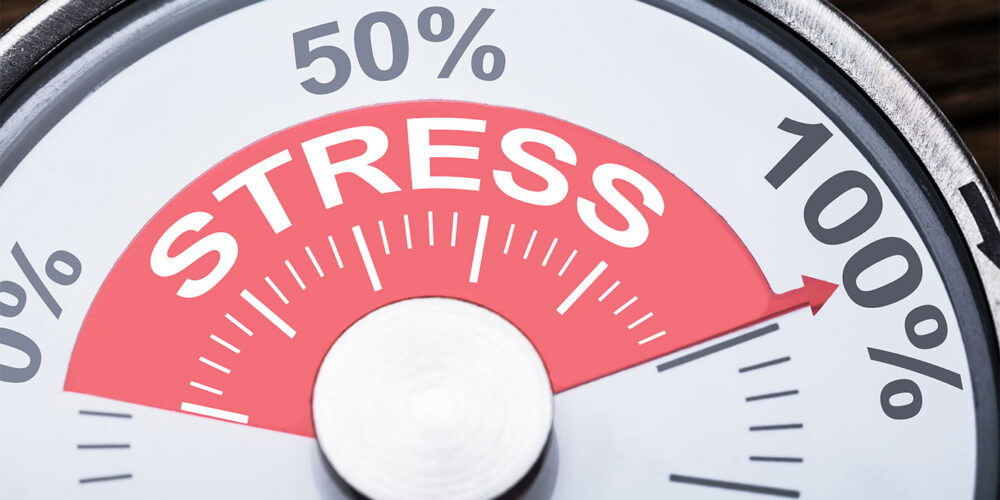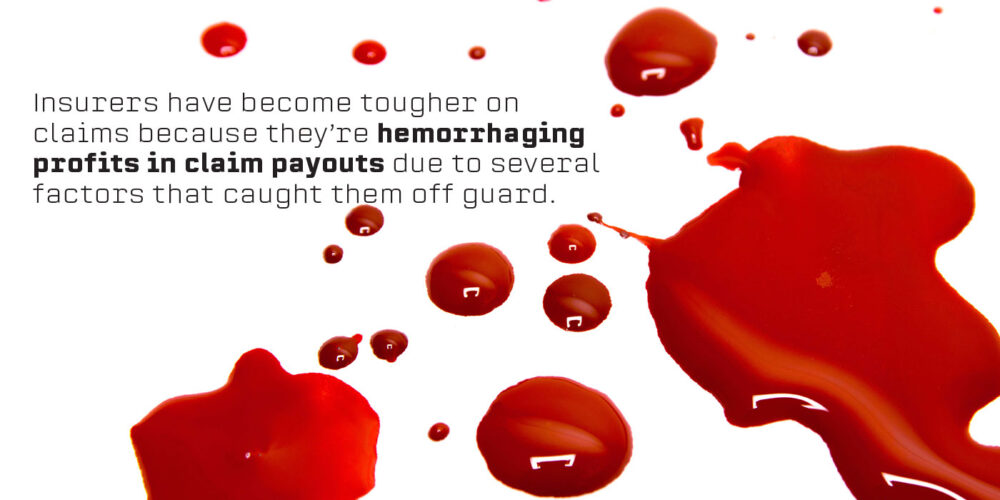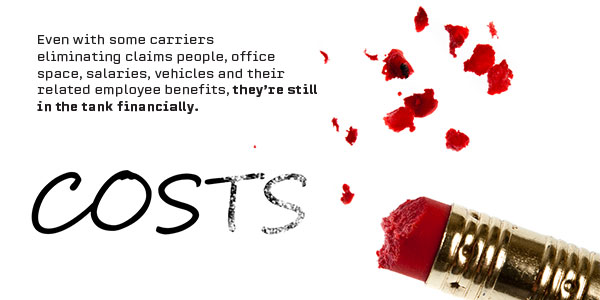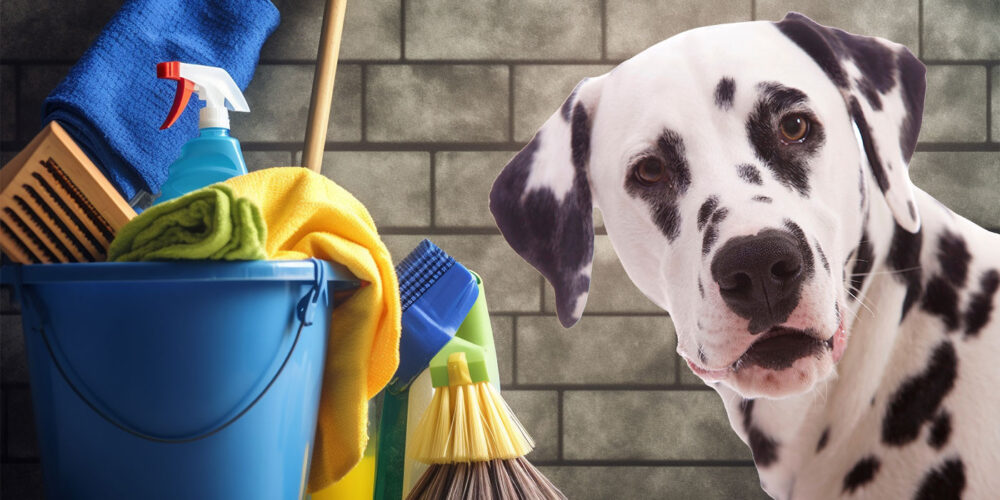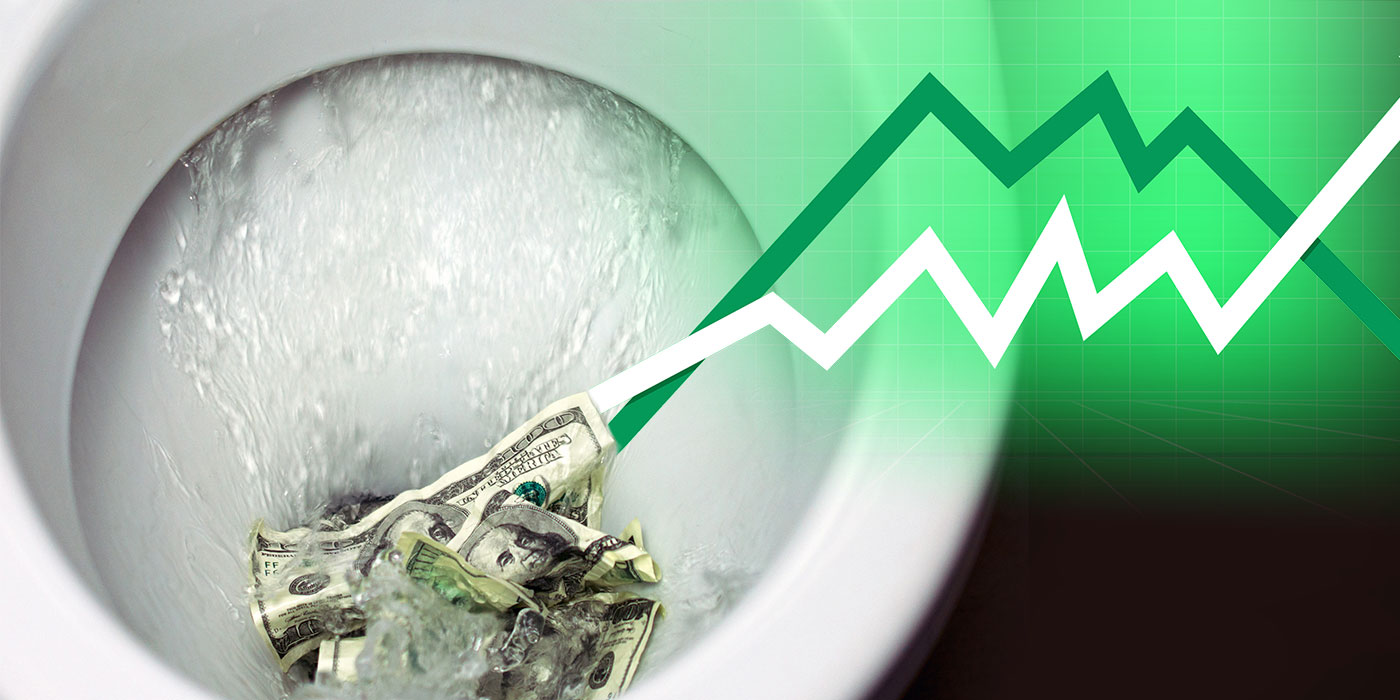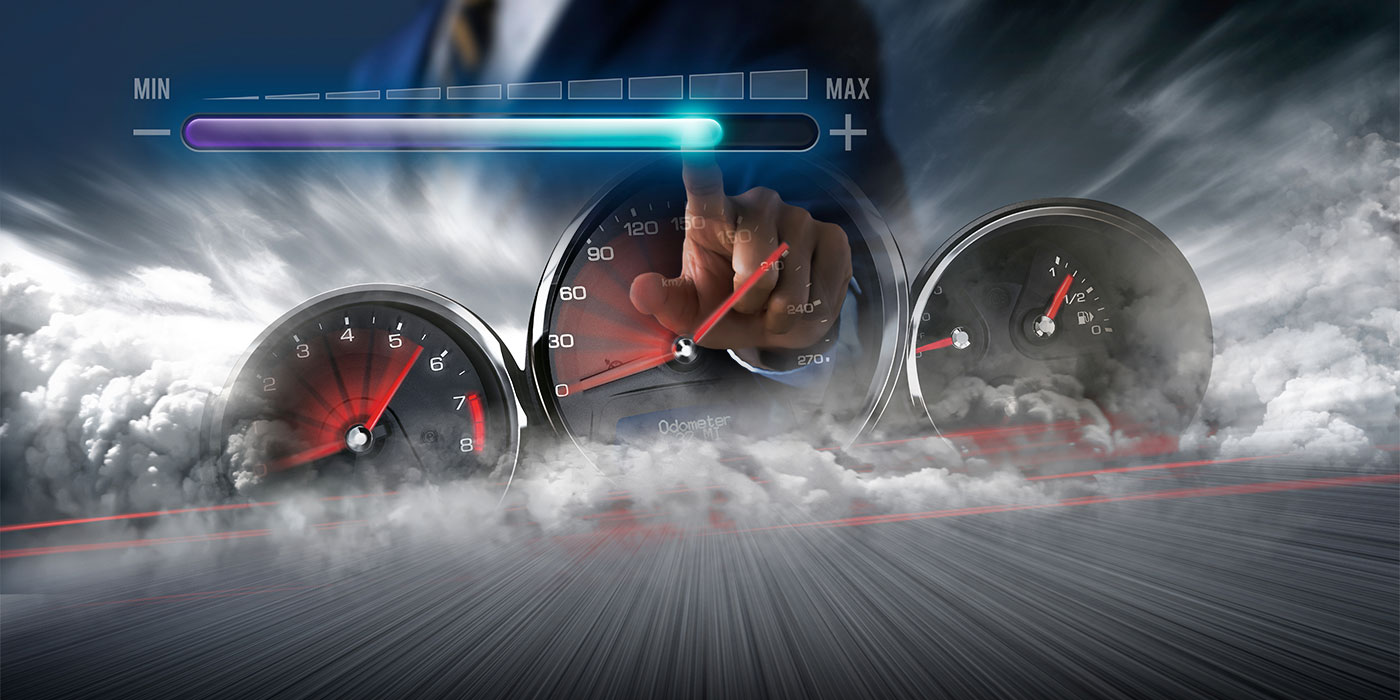In consulting consumers and collision repairers across the country, and in discussing industry trends with repairers in the monthly “Collision Cocktail Hour” Zoom meetings, I’ve gotten a pretty good idea of how things are going with repairers and what obstacles they and their customers are facing on a daily basis.
One thing that hasn’t gone unnoticed is the significant increase in pressure from insurers to reduce claims costs. It has gotten to a point that the pot is nearly boiling over, forcing repairers to stem the assault on them and abuse of their customers.
Stingy Claim Handling
It stands to reason that the less an insurer pays in claims costs, the more they retain in their coffers — and the more they retain, the greater their profits. This has remained constant since 1696 when one of the first insurance companies, Hand in Hand Mutual Fire Co., was founded. Now known as CGBNU, it remains the world’s oldest continuously operating insurer.
The first step is recognizing the uptick in insurers’ stingy claim handling, and the next step perhaps is to understand why from a business point of view.
I believe most reading this will agree that insurers have become extremely stringent lately in their efforts to pay less for line items and rates which they had previously agreed to pay in full, as well as denying required/recommended procedures. The reason insurers have become so tough on claims is that they’ve been hemorrhaging profits in claim payouts due to several market dynamics, some of which totally caught them off guard. They include:
- The advent of new automotive technologies (ADAS), creating a rapid increase in additional labor and procedures needed to properly and thoroughly repair today’s late-model vehicles
- The added cost of repairing electric vehicles (EVs)
- The supply chain interruptions and slowdown in production due to COVID, leading to the increased cost of replacement vehicles (regarding total-loss valuations), extended rental car cost and loss-of-use claims.
Even with some carriers eliminating claims people, office space, salaries, vehicles and their related employee benefits, they’re still in the tank financially and had to do something to remain both profitable and viable. The only thing they have left to cut back any further on is their claim settlements and payouts. And since many repairers don’t wish to get their customers involved in the minutia of their repair and/or are scared of angering and alienating the claim reps and insurers, they make do with what they’re given — generally at the loss of potential profit and potentially significant losses to the unwary consumer in repair quality. Let’s face it: Repairers cannot repair damaged vehicles at or below cost and remain in business … let alone make it up in volume!
The result is that insurers are strong-arming the repairer, and when the repairer steps up and says no … the insurer claimspeople begin informing the repairer’s customer that the shop is overcharging or suggesting to do procedures that aren’t called for. In the end, the insurer says, “This is all we’re paying.”
I’m sure that most quality-oriented repairers reading this will agree with me when I say the only change the industry has seen — besides advanced technologies and higher cost of repair — is that insurers’ claims practices are getting worse and their customers are having to pay more out-of-pocket to have their damaged vehicles properly and thoroughly repaired.
The 7 E’s
So what can quality repairers do to combat insurer efforts to contain their claim costs? My advice is to do what I encourage my clients to do, and that is what I refer to as the 7 E’s:
- Expose: Let customers be made aware of all insurer denials and underpayments.
- Edify: Provide customers with information on why each process is needed (warranties for OEM and paint finish, etc.), including supporting documentation.
- Enrage: The customers should become angered to learn they’re being provided less than what is needed to be fully indemnified and returned to pre-loss condition.
- Empathize: Let the customers know that you understand their position and that they’re not alone, as others have been faced with the same type of issues with insurers, and that you’re there to help them receive the proper repairs.
- Empower: Provide your customers with industry news articles regarding insurer practices (litigation, etc.) as well as their state rules and regulations governing collision repair and insurer claim practices and what is and isn’t acceptable behavior.
- Equip: Provide your customers with ammunition to fight their own battles (OEM position statements, I-CAR documentation, trade magazine articles, etc.) and help them better understand why certain procedures are recommended and what may occur if they’re not performed (i.e. loss of warranties — the OEM’s, yours and the paint manufacturer’s).
- Encourage: Stand with your customers (not in front or behind but alongside) to illustrate your convictions and show them support for their personal safety and financial welfare — even if this means standing by their side to offer your professional and expert opinion as to what a proper and thorough repair requires.
Summary
The average shop owner probably does not know how to present and manage their customers’ expectations without coaching and consulting to learn how to do so effectively. My coaching clients receive that training and coaching, but that doesn’t preclude any ethical, pro-quality repair professional seeking to provide their clients with the knowledge and understanding to aid them in securing proper and thorough repairs. After all, it’s a professional’s fiduciary responsibility and likely the only way to change insurer behavior. After all, it stands to reason that only when the insurers’ risks begin to outweigh their rewards will their behavior change.
I encourage all quality-oriented repairers to do for your customers as you would hope would be done for you. In other words, use your collective training, knowledge and experience to help your customers through their ordeal just as if you or your loved ones were faced with an unexpected emergency regarding issues you were unfamiliar with, such as issues involving plumbing, electrical, legal, healthcare, IRS audit, etc. In such situations, you would hope to find someone to be your advocate and be there to assist and guide you through the ordeal successfully. I know I would want that for me and mine. As repair professionals, you owe this to your customers. Only then can you hold your head high knowing you are providing a true service to your community and the collision industry at-large.

